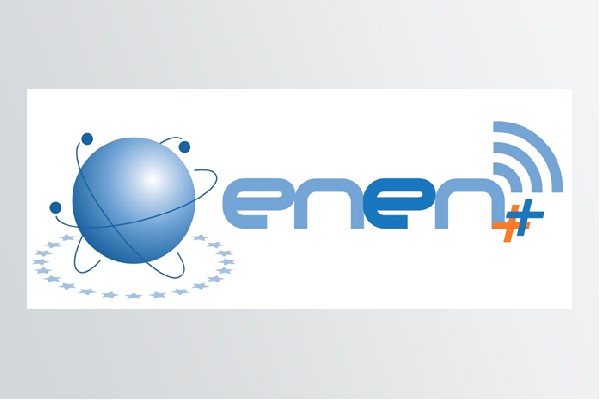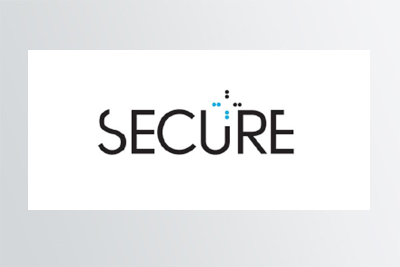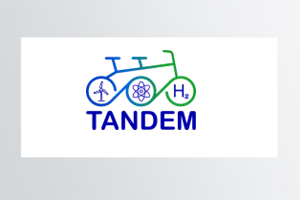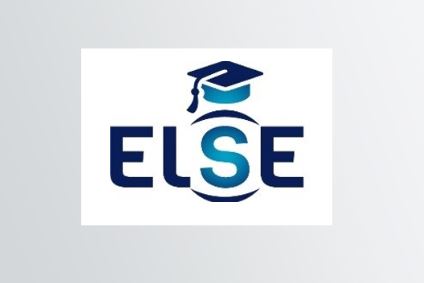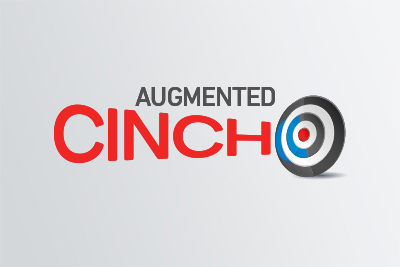Neutron irradiation has found new applications in the adaption and production of existing and new materials, including medical radioisotopes. The latter enabled the development of new diagnosis and treatment techniques, for the benefit of millions of patients.
Europe has a broad and very diverse landscape of research reactors, many of them have already been for 30-50 years in operation, well maintained and regularly upgraded. Yet financial pressure, caused by a combination of declining interest and the absence of a sound financial model, led to the closure of many of them. On the other hand, only one research reactor is now being constructed – the Jules Horowitz Reactor, in Cadarache.
Those negative trends call for a coordinated European action to assess the impact of the decreasing number of research reactors, identify future needs (including new neutron sources), draw a roadmap for the upgrade of the existing research reactors fleet, and a model for harmonized resource management.
The TOURR project is a response to this challenge.
The results of the preliminary analysis of the survey are presented here: Data Base of European RR fleet
Being this report public, and given the extreme sensitivity of the data shared with us by the involved RR, only general conclusions have been reported in this document.

